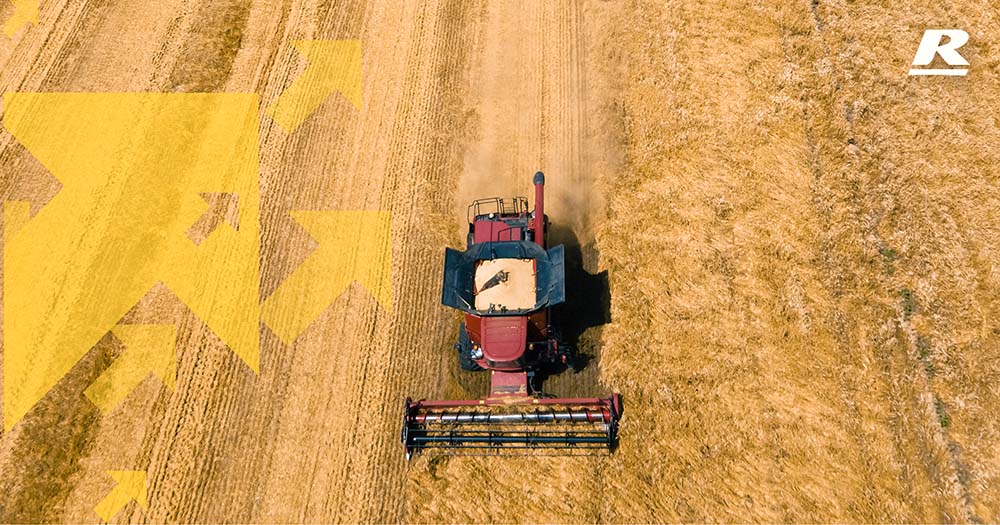COMMODITY UPDATE
Market Observations: January
At the time of writing this, harvest is proving to be very much a long slow grind. Hopefully by the time you read this our Farmers are getting close to putting their feet up and relaxing (well it’s a nice thought anyway).
It is rare to find a region that wasn’t affected by rains over the last couple of months and headers are bogging up and down the East coast, particularly around areas such as the Goulburn Valley and Southern Riverina after experienced some horrendous flooding.
The harvest progress in the Mallee is around 80% complete (most cereals are done with farmers moving onto pulses such as Lentils). The GV region is approximately 70% done on Canola, 50% done on Barley and around 15% done on Wheat. Rains overnight were significant in areas attempting to harvest with some reporting more than two inches of rain.
The Wimmera seems to have been delayed even more than the GV. Both Barley and Wheat harvest progress is running about 40% complete. Normally Barley would be done 2-3 weeks before Wheat but in many instances the Wheat has turned/ripened quicker, so farmers are facing logistical challenges with cereals, pulses and seeds ready at the same time.
Because of these logistical challenges growers are choosing to mainly warehouse and store their product with the view of marketing it later. Because of this, markets are yet to see any real harvest pressure to drive down the expected levels forward markets had anticipated. A guide is how NSW farmers ended up marketing their product with only around 10% being pre-sold prior to harvest and only an additional 20% during and after harvest on some commodities.
Added to the above, farmers are having to work through a mine field when it comes to deciding how to market their product and where. This is mainly caused by the wide varieties of quality not only across the farm but within the paddock. Sensibly, farmers are waiting to see what quality they have load by load as the difference between AH2 (flour quality) and SFW (feed quality) is around $60p/t and they are seeing both qualities within rows of each other.
Distorted grains have been an issue for some regions. Many storage and handling providers are choosing not to take the pinched looking grain while exporters are eager to own it to use for blending purposes when loading bulk vessels.
The Western District is still trying to kick off with Canola harvest well underway and Barley commencing. The majority of Wheat crops in the region are still too high in moisture so nothing has presented yet to the market. The next week promises hot weather that will give crops a well needed bake without hopefully any more rain interruptions. If that’s the case, it looks like the 1st week of Jan will start to see WD Wheat volumes ratchet up.
To increase your livestock farming gains & expert nutritional feeding advice please call 1300 REID FEED or enquire here >
 Author
Author
Justin Fay
Commodity Manager

 Author
Author